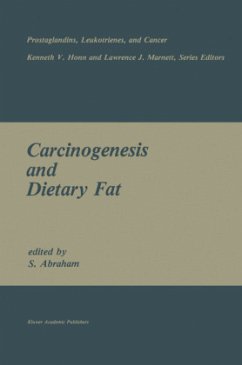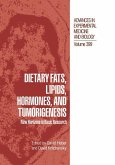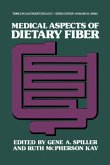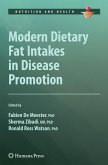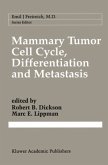Prostaglandins, Leukotrienes, and Cancer is a multi-volume series which focuses on an emerging area of cancer research. In 1968, R. H. Williams first reported that elevated prostaglandin levels are present in human medullary carcinoma. Since that time, the concept that arachidonic acid metabolites may be involved in cancer has expanded to include every aspect of the disease from cell transformation through metastasis. Prostaglandins and leukotrienes are generic terms used to describe a family ofbioactive lipids produced from unsaturated fatty acids (principally from arachidonic acid) via the cyclooxygenase and lipoxygenase pathways, respectively. Cyclooxygenase products consist of diverse products such as prostaglandin E2 (PGE2), prostacyclin (PGI2) and thromboxane A2 (TXA2), whereas lipoxygenase products consist ofhydroperoxy fatty acids and mono-, di-and tri-hydroxy acids including leukotrienes, lipoxins, and epoxides. The precursor fatty acids for the cyclooxygenase and lipoxygenase pathways are present in cellular phospholipids. This finding established an important control point in their biosynthesis --the release of substrate. This occurs in response to numerous stimuli that act at the cell surface. Dr. Bengt Samuelsson's extensive study ofthe metabolism of prostaglandins indicate that they are rapidly inactivated on a single pass through pulmonary circulation. Thus, they cannot act as circulating hormones and appear to be made on demand in the vicinity oftarget tissues leading to the concept that prostaglandins are local rrormones or autocoids. Altered production, qualitative and/or quantitative, of prostaglandins and leukotrienes has been implicated in the development of a number of disease states (e. g.

